Running down one side of my garden is a main pathway that acts as thoroughfare from the house to the back paddock and chicken run. On one side is my garden sink, the grapevine and compost bins, and on the other the ends of my berry patches, a narrow bed of feijoas and flowers, and finally by the back gate a raised area where my swing seat is under a trellis. Like the rest of my wanna-be jungle, these have been getting very overgrown! Here are three "before" pics:
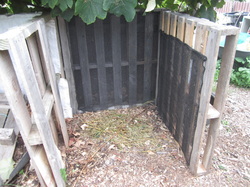
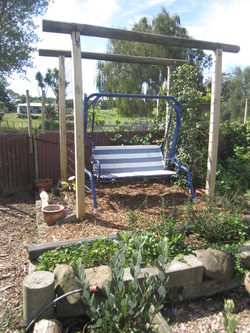
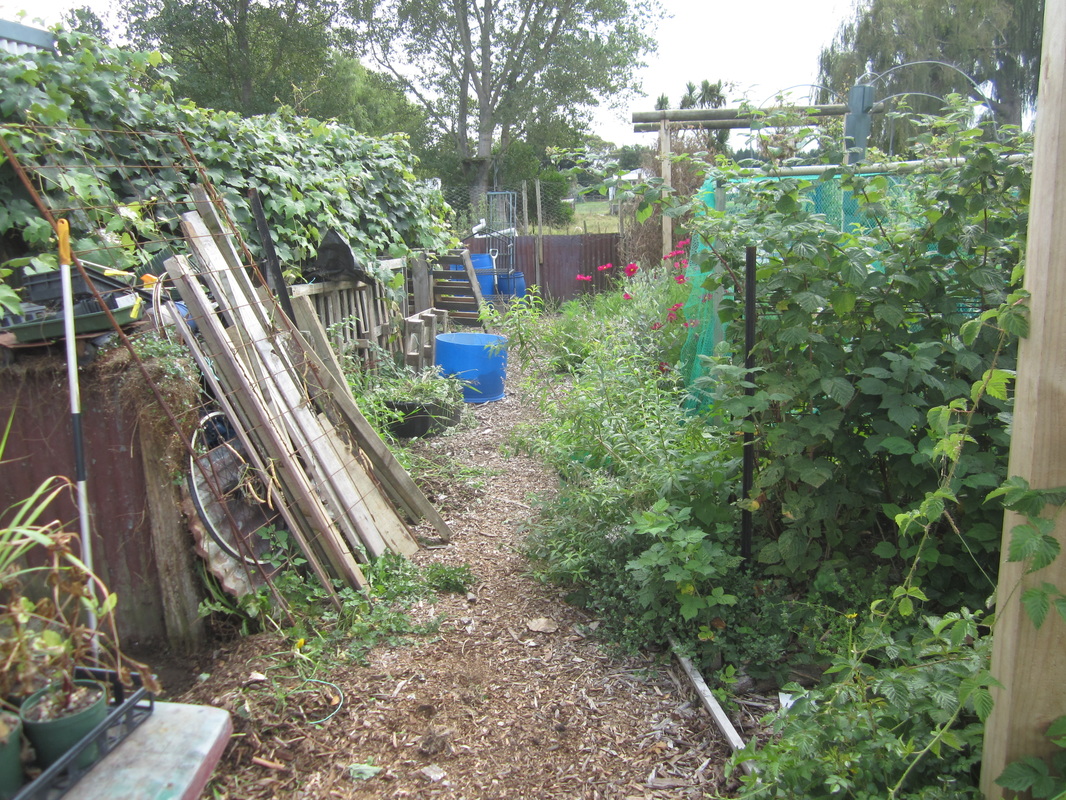
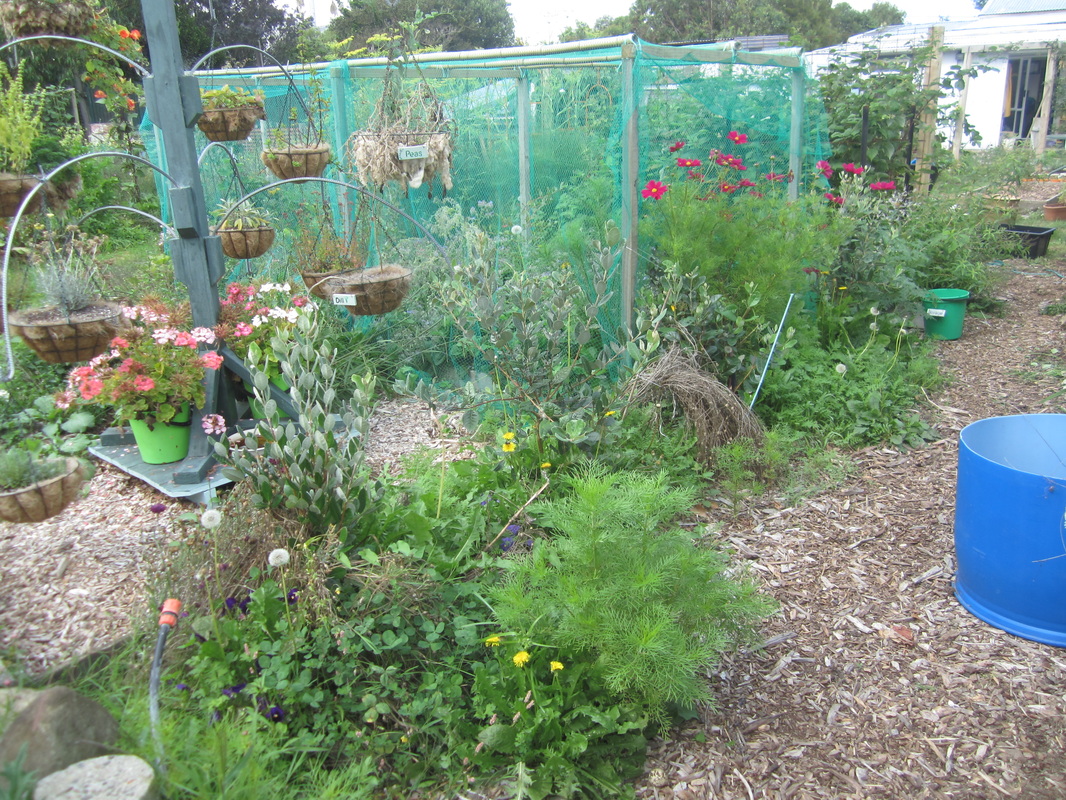
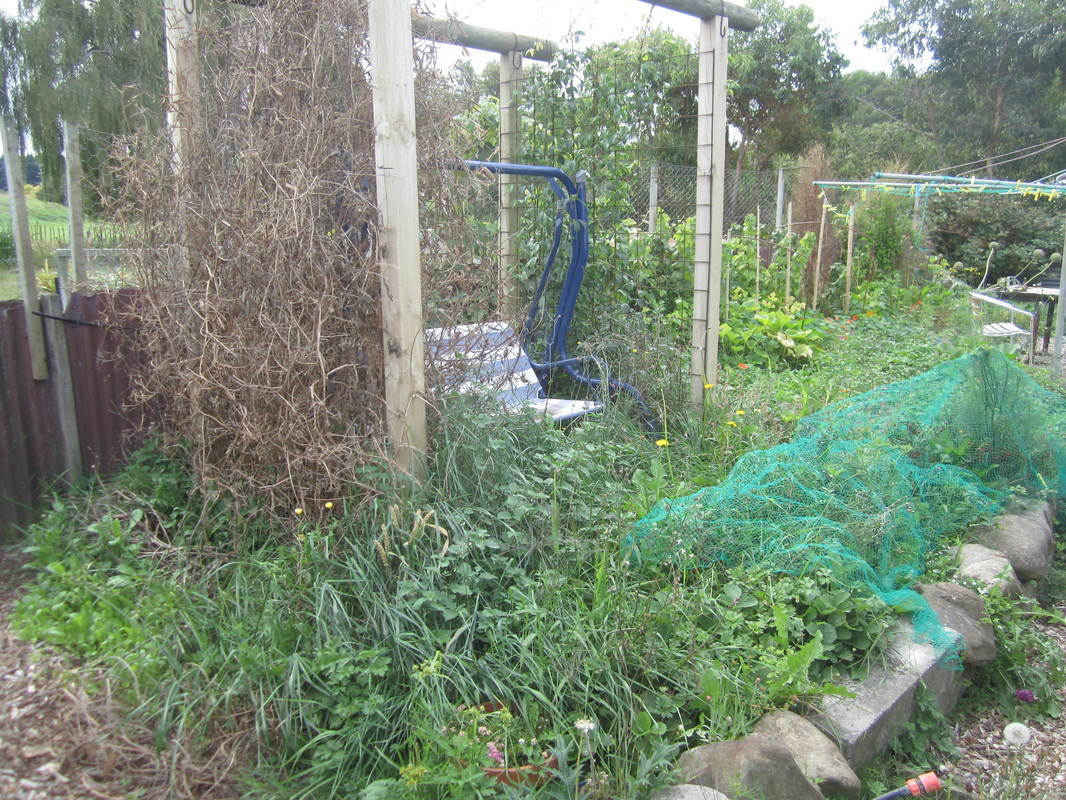
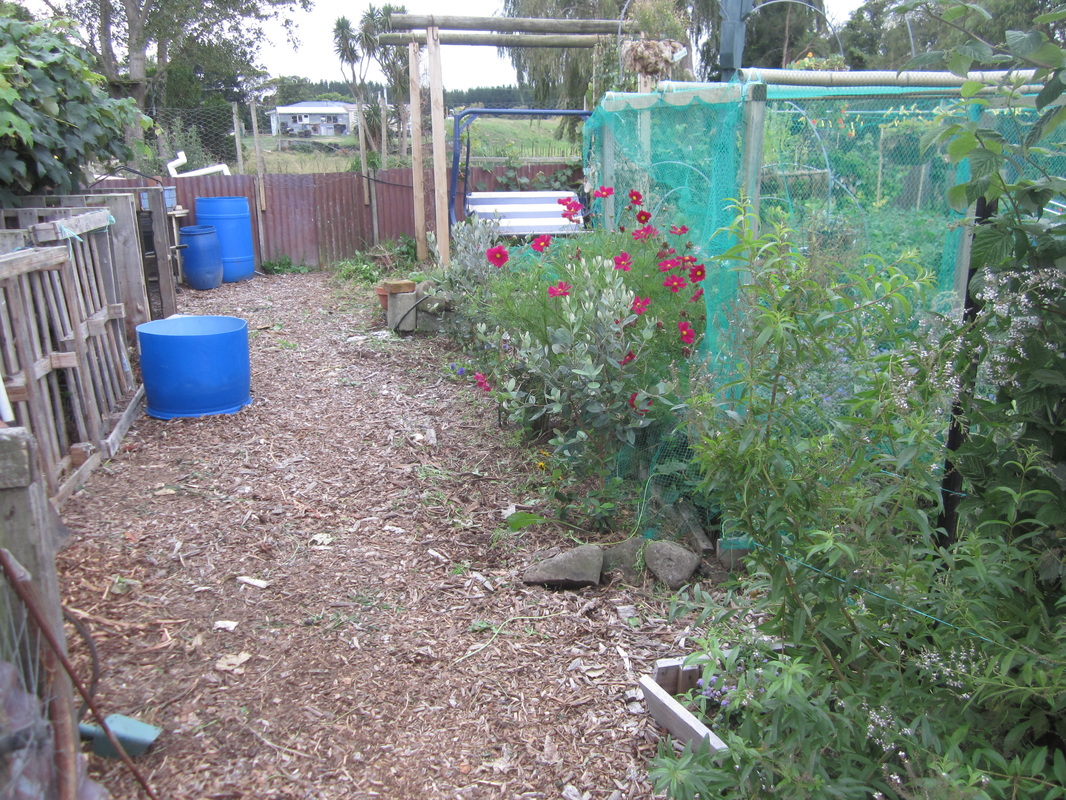
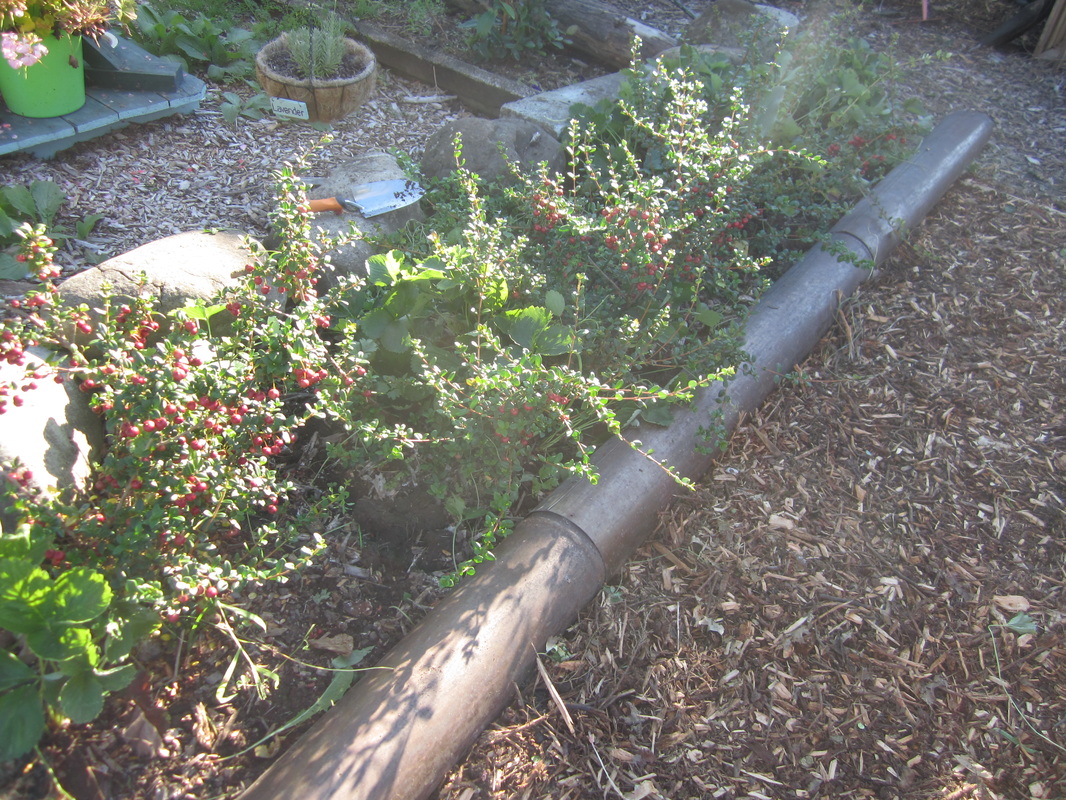
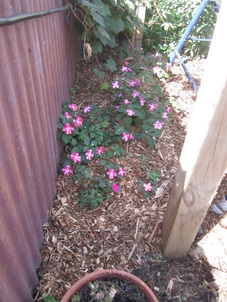
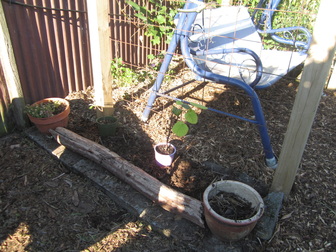
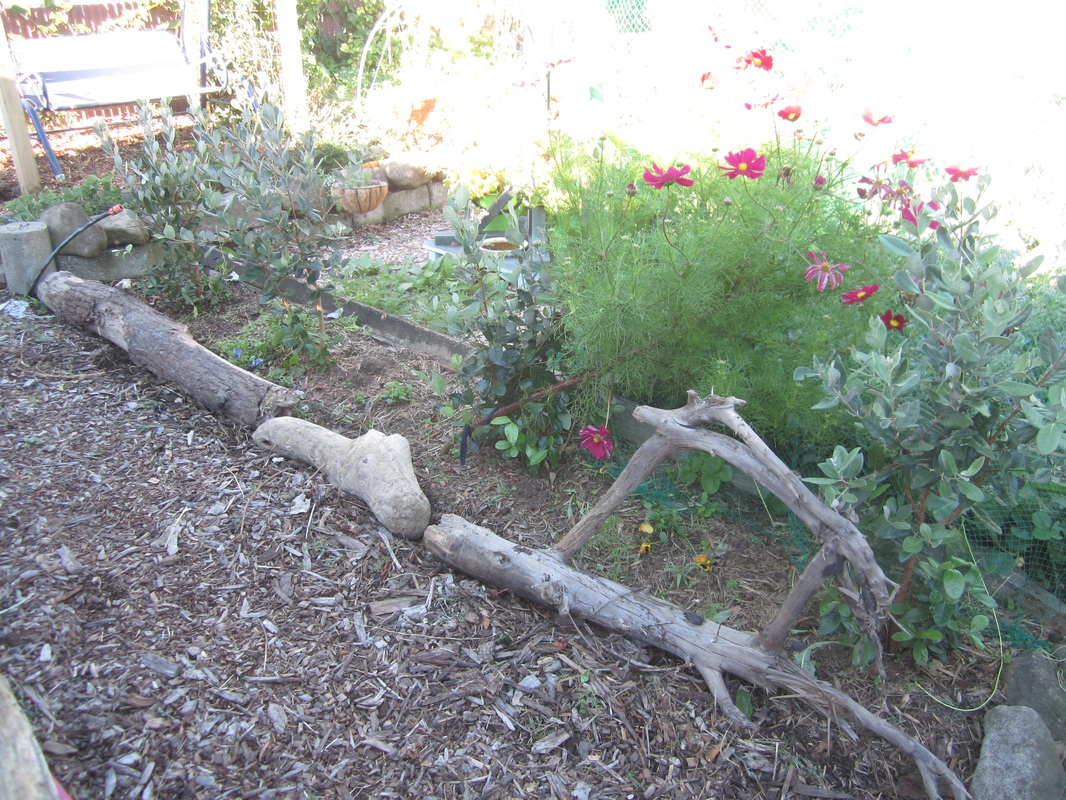

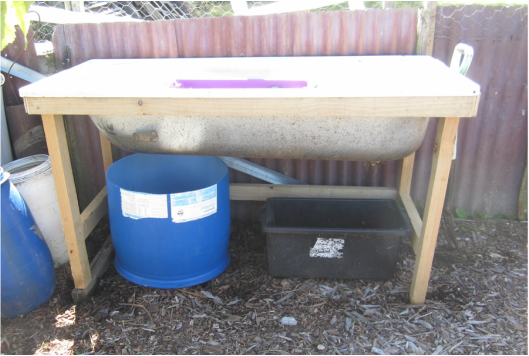
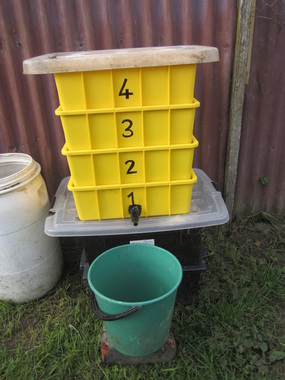
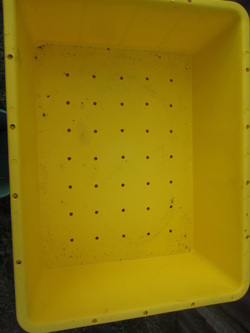
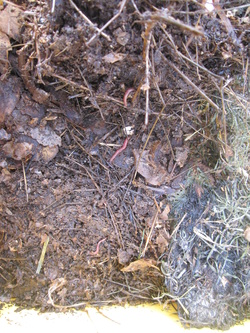

 RSS Feed
RSS Feed
